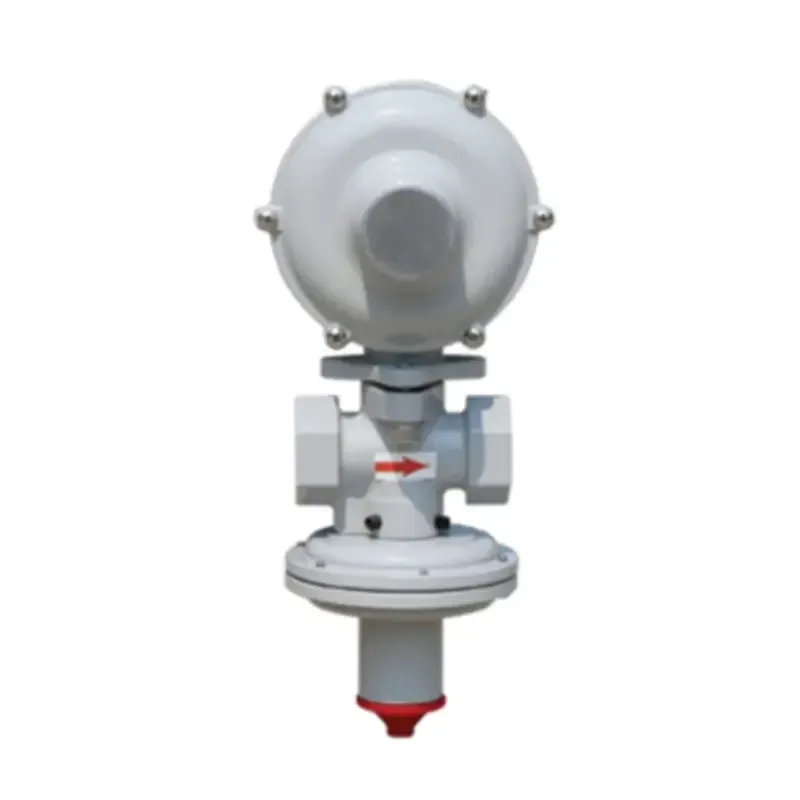
Dec . 22, 2024 23:08
Back to list
safety relief valve
Understanding Safety Relief Valves Essential Components for Pressure Management
Safety relief valves (SRVs) are critical components in various industrial processes, designed to protect equipment, personnel, and the environment by preventing over-pressure conditions. Pressure regulation is a vital aspect of many operations, from chemical processing plants to power generation facilities, and SRVs play a pivotal role in maintaining safe operating conditions.
What is a Safety Relief Valve?
A safety relief valve is a type of valve that automatically opens to relieve excess pressure from a pressurized system, ensuring that the pressure does not exceed a predetermined safe limit. When the pressure in a system rises to a predefined set point, the SRV opens, allowing fluid to escape, thus preventing potential failures or explosions. Once the pressure drops to a safe level, the valve reseats itself and returns to a closed position.
Safety relief valves are typically used in systems handling gases or liquids, and they can be classified into two main categories spring-loaded and pilot-operated valves. Spring-loaded valves utilize a spring mechanism to hold the valve closed until the pressure exceeds the set point. In contrast, pilot-operated valves employ a pilot valve to control the operation, which can offer better sealing performance and is often used in larger systems.
Importance of Safety Relief Valves in Industry
The significance of safety relief valves cannot be overstated. They are essential for ensuring the safety and reliability of pressurized systems. Key benefits include
1. Protection Against Overpressure The primary function of SRVs is to prevent overpressure situations that can lead to catastrophic failures. These failures can result in significant physical damage to infrastructure, financial losses, and, most importantly, risk to human life.
2. Regulatory Compliance Many industries operate under strict regulatory environments that mandate the use of safety relief valves. Compliance with these regulations not only promotes safety but also helps avoid hefty fines.
3. Equipment Longevity By regulating pressure and preventing extreme overpressure conditions, SRVs contribute to the longevity of equipment. Maintaining optimal operational conditions can reduce wear and tear, thereby extending the lifespan of machinery.
safety relief valve

4. Environmental Protection Overpressure can lead to leaks of hazardous materials, potentially causing environmental harm. By controlling pressure safely, SRVs also help protect the environment from accidental releases.
Designing and Selecting Safety Relief Valves
Selecting the right safety relief valve for an application involves a thorough understanding of the system's operating conditions, including
- Pressure Ratings The valve must be rated for the maximum expected pressure within the system. It is critical to ensure that the set pressure limit is appropriate for the specific application.
- Fluid Type The type of fluid being handled (gas, vapor, or liquid) influences the choice of valve design and materials. Different fluids may have varying corrosive properties or thermal characteristics that must be considered when selecting valve materials.
- Installation Location The valve's installation environment, including temperature, exposure to chemicals, and accessibility for maintenance, should also be taken into account.
- Maintenance Requirements Regular maintenance is crucial for ensuring that safety relief valves function correctly. Factors like ease of access and maintenance routines must be considered when selecting a valve.
Conclusion
Safety relief valves are indispensable for the safe operation of pressure systems across various industries. By preventing overpressure conditions, ensuring compliance with regulations, and protecting both equipment and the environment, SRVs serve as the guardians of pressurized systems. Understanding the intricacies of SRVs, including their design, function, and selection process, is essential for engineers, operators, and safety professionals alike. As industries continue to evolve and innovate, the role of safety relief valves will remain critical in ensuring safe operational practices and protecting lives and assets.
Latest news
-
Safety Valve Spring-Loaded Design Overpressure ProtectionNewsJul.25,2025
-
Precision Voltage Regulator AC5 Accuracy Grade PerformanceNewsJul.25,2025
-
Natural Gas Pressure Regulating Skid Industrial Pipeline ApplicationsNewsJul.25,2025
-
Natural Gas Filter Stainless Steel Mesh Element DesignNewsJul.25,2025
-
Gas Pressure Regulator Valve Direct-Acting Spring-Loaded DesignNewsJul.25,2025
-
Decompression Equipment Multi-Stage Heat Exchange System DesignNewsJul.25,2025

